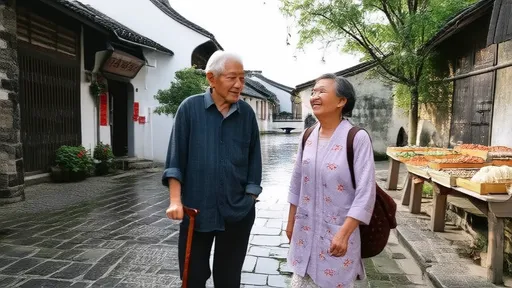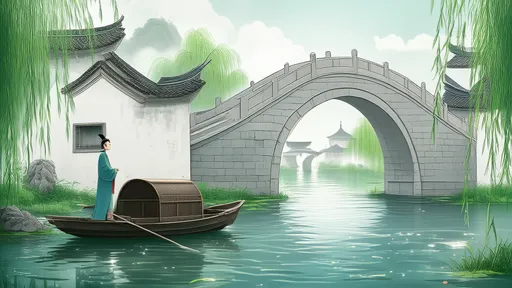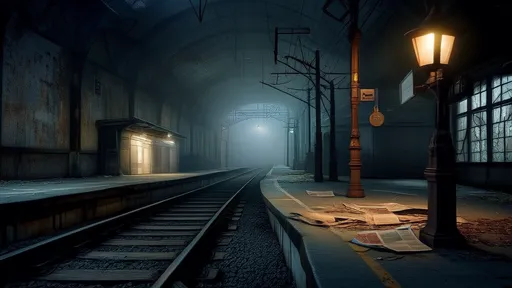The romance of rail travel has long captured the human imagination, weaving together landscapes, history, and culture in a tapestry of motion and connection. From the pioneering transcontinental routes to the scenic mountain passages, railway journeys offer more than mere transportation—they provide a living narrative of the regions they traverse, echoing the ambitions, struggles, and triumphs of the societies that built them.
One of the most iconic rail journeys in the world is the Trans-Siberian Railway, stretching nearly 6,000 miles from Moscow to Vladivostok. Conceived in the late 19th century under Tsar Alexander III, this monumental project was driven by imperial ambition to connect the vast expanse of Russia, facilitate trade, and solidify control over Siberia and the Far East. The construction, which spanned over two decades, involved immense challenges: harsh climates, unforgiving terrain, and the labor of thousands, including prisoners and soldiers. Today, the week-long journey across eight time zones reveals not only the sheer scale of Russia’s geography but also its cultural and historical layers—from the European influences in the west to the Asian nuances in the east, with stops in cities like Irkutsk near Lake Baikal and Ulan-Ude in Buryatia offering glimpses into diverse traditions and histories.
In North America, the Canadian Pacific Railway stands as a testament to nation-building. Completed in 1885, it was a condition for British Columbia to join the Canadian Confederation, promising to link the Pacific province with the eastern states. The railway’s construction through the Rocky Mountains was a feat of engineering and perseverance, often at great human cost, particularly to the Chinese immigrant workers who labored under dangerous conditions. The route today, especially the segment through the Canadian Rockies aboard the Rocky Mountaineer, is celebrated for its breathtaking vistas of glaciers, forests, and canyons. But beyond the scenery, the journey tells a story of unity and identity, highlighting how the railroad helped shape Canada’s economic and cultural landscape, fostering trade and migration while leaving a complex legacy of both achievement and sacrifice.
Europe’s rail networks, though often seen through a modern lens of efficiency, are steeped in history. The Orient Express, immortalized in literature and film, evokes the glamour and intrigue of early 20th-century travel. Launched in 1883, it connected Paris to Constantinople (now Istanbul), traversing a continent brimming with political tension and cultural exchange. The train’s luxurious carriages, adorned with mahogany and silk, carried aristocrats, spies, and artists, becoming a symbol of elegance and mystery. While the original route no longer operates, its legacy endures in heritage services that retrace parts of the journey, offering passengers a chance to step back in time and reflect on an era when rail travel was synonymous with adventure and sophistication, bridging Western Europe with the enigmatic East.
In Asia, the Darjeeling Himalayan Railway, a UNESCO World Heritage site, offers a different kind of narrative. Built by the British colonial administration in the late 19th century, this narrow-gauge railway was designed to transport tea and passengers through the steep slopes of the Himalayas. The "Toy Train," as it is affectionately known, chugs along at a leisurely pace, passing through lush tea plantations, quaint hill stations, and forests shrouded in mist. The journey is a living relic of the colonial era, reflecting the economic imperatives of the time while also showcasing the natural beauty and cultural richness of the region. For locals, it remains a vital link; for travelers, it is a nostalgic ride into history, where the rhythm of the train mirrors the slow, timeless pace of mountain life.
Another remarkable route is the Bernina Express in Switzerland and Italy, which exemplifies the harmony between engineering and nature. Operating since the early 20th century, this railway crosses the Alps through dramatic landscapes, including the Bernina Pass, glaciers, and alpine meadows. Designed to blend seamlessly with the environment, the route features spiral viaducts and tunnels that minimize ecological impact while maximizing scenic views. The journey is not just a visual delight but also a story of cross-border cooperation and innovation, connecting the cultures and economies of Switzerland and Italy. It stands as a reminder of how railways can transcend geographical and political boundaries, fostering unity through shared beauty and ingenuity.
In Australia, the Ghan railway offers a profound journey through the heart of the continent, from Adelaide to Darwin. Named after the Afghan camel drivers who once traversed the desert, the route spans nearly 2,000 miles through the Red Centre, with stops at Alice Springs and Katherine. The railway, completed in its current form in 2004, retraces ancient Aboriginal trade routes and colonial exploration paths, encapsulating the history of human movement across this arid land. The journey reveals the stark, awe-inspiring beauty of the Outback, while also acknowledging the deep cultural heritage of Indigenous Australians and the pioneering spirit of settlers. It is a narrative of resilience and adaptation, where the train becomes a conduit between past and present, nature and civilization.
These legendary railways are more than just tracks and trains; they are veins through which the lifeblood of history and culture flows. Each journey invites travelers to not only see the world but to understand it—to feel the weight of the past in the clatter of the wheels and to witness the enduring human desire to explore, connect, and narrate. In an age of rapid air travel, the slow, deliberate pace of rail journeys offers a unique space for reflection, reminding us that the path we take is as significant as the destination itself.

By /Aug 22, 2025

By /Aug 22, 2025

By /Aug 22, 2025

By /Aug 22, 2025

By /Aug 22, 2025

By /Aug 22, 2025

By /Aug 22, 2025

By /Aug 22, 2025

By /Aug 22, 2025

By /Aug 22, 2025

By /Aug 22, 2025

By /Aug 22, 2025

By /Aug 22, 2025

By /Aug 22, 2025

By /Aug 22, 2025

By /Aug 22, 2025

By /Aug 22, 2025

By /Aug 22, 2025

By /Aug 22, 2025

By /Aug 22, 2025